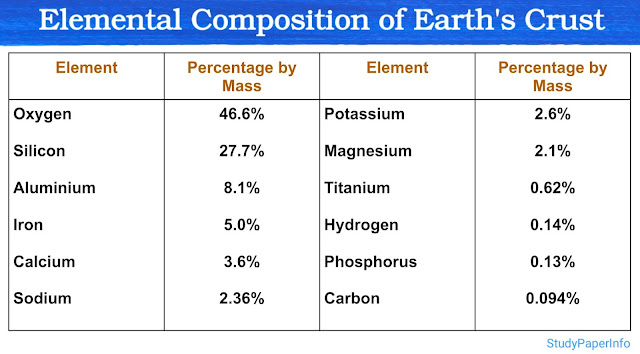What is the role of actin and myosin in muscle contraction?
Actin and myosin are two primary filamentous proteins that play a direct and central role in muscle contraction. These proteins are located inside the sarcomere, which is the basic contractile unit of striated muscle fibers. Their interaction is responsible for producing the force and movement necessary for muscle contraction, based on the Sliding Filament Theory proposed independently by Huxley and Niedergerke, and Huxley and Hanson in 1954.
Role of Actin
Actin forms the thin filaments of the sarcomere. It is a polymer of globular actin (G-actin), which forms a helical structure called filamentous actin (F-actin). Each actin filament contains binding sites for the heads of myosin. These sites are normally blocked by a regulatory protein called tropomyosin, which is held in place by a calcium-sensitive complex known as troponin. When a nerve impulse stimulates the muscle, calcium ions are released from the sarcoplasmic reticulum. These ions bind to troponin-C, leading to a conformational change that moves tropomyosin away from the actin binding sites. This unblocking allows myosin heads to attach to actin and initiate contraction.
Role of Myosin
Myosin forms the thick filaments of the sarcomere. It is a motor protein that has two heads and a long tail. Each myosin head contains an ATPase enzyme and a binding site for actin. When the actin-binding sites are exposed, myosin heads bind to actin, forming a cross-bridge. Using energy from ATP hydrolysis, the myosin head undergoes a conformational change called the power stroke, which pulls the actin filament toward the center of the sarcomere (M-line). The myosin head then detaches, re-cocks using a new ATP molecule, and repeats the cycle.
Together, these repeated cycles of cross-bridge formation and power strokes shorten the sarcomere length, resulting in contraction of the entire muscle fiber. Thus, actin provides the track and regulatory control, while myosin provides the driving force of contraction.



Comments
Post a Comment